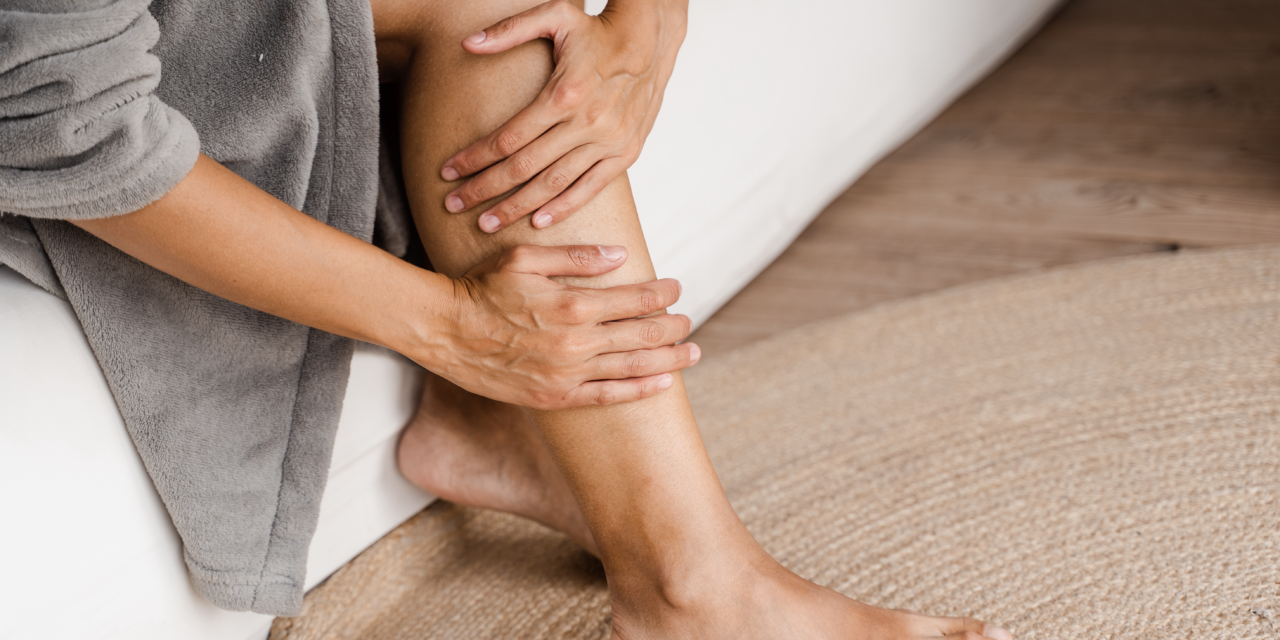Celine Dion’s diagnosis of a rare autoimmune neurological disorder called Stiff person syndrome (SPS) has garnered significant attention. People with SPS experience muscle stiffness and painful spasms that come and go and worsen over time. Symptoms can include an unsteady gait, double vision, or slurred speech. Spasms occur in the legs and back, but can also affect the abdomen, upper trunk, arms, neck, and face.
SPS is very rare, affecting only about one to two people per million. Spasms often occur in episodes, such as when a person is surprised or moves suddenly. Cold temperatures, emotional stress, exercise, and touch can set off spasms, and areas where muscle contractions occur can be stiff and board-like. Depending which part of the body is affected, contractions can cause difficulty walking, a stiff or rigid posture, unsteadiness, falling and injuries, shortness of breath, and chronic pain.
Exaggerated curvature of the lower back may also develop over time due to muscle tightness, and changes in the spine alignment, which can lead to spinal cord compression (myelopathy). SPS may also cause anxiety and agoraphobia due to falls. Less typical symptoms include eye movement problems that cause double vision, speech issues, and lack of coordination.
SPS symptoms do not appear in a specific order. The condition may start with cramps or stiff legs that become gradually worse over weeks, months, and years. Some people experience different symptoms before muscle spasms. SPS occurs most often in people ages 40 to 50, and rarely in children and older adults. It also affects more women than men. There is no cure for SPS, but once diagnosed, treatments can help minimize the severity of symptoms and improve quality of life.












